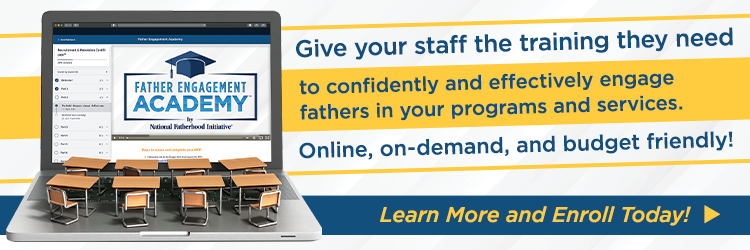
If you’re interested in how your state can relieve the burden of child support debt on the noncustodial dads you serve—and help children and families in the process—I recommend you read the recent Information Memorandum (IM) issued by the Office of Child Support Enforcement (OCSE) at the U.S. Department of Health and Human Services.
On August 18th, OCSE issued the IM to help states grasp the challenge faced by parents who owe child support, the vast majority of whom are dads. The IM summarizes the data on child support debt (arrears) and the impact on those who have it. (Warning: it isn’t pretty.)
The good news is there are strategies that states can employ to reduce the burden of child support debt—strategies that some states have tested with success. These research-based strategies described in the IM include:
- Compromising state-owed debt in which the state or custodial parent forgives the arrears owed
- Eliminating imputation of income in which a child support obligation is fixed regardless of the noncustodial parent’s circumstances that affect their ability to pay
- Implementing employment services to help the noncustodial parent find a good-paying, stable job to increase the chance they can meet their obligation
- Establishing realistic support orders based on the circumstances of the noncustodial parent
- Reviewing and modifying support orders so they are realistic throughout the time the noncustodial parent owes support
As the IM notes, its purpose is to improve the impact of the child support program for the benefit of the families involved in it. State child support agencies should take note of the strategies in the IM to improve service to their citizens.
For ideas on how states can partner with fatherhood programs to reduce the burden of child support debt on noncustodial dads, read this two-part blog article with examples from Kansas and Iowa. And to understand why a punitive approach to child support doesn’t work and what does work, read this blog article on what Colorado has done.
What strategies has your state’s child support program implemented to reduce the burden of child support debt?
Has your fatherhood program reached out to your state’s child support agency to explore a partnership to reduce the child support debt on the noncustodial dads you serve?
